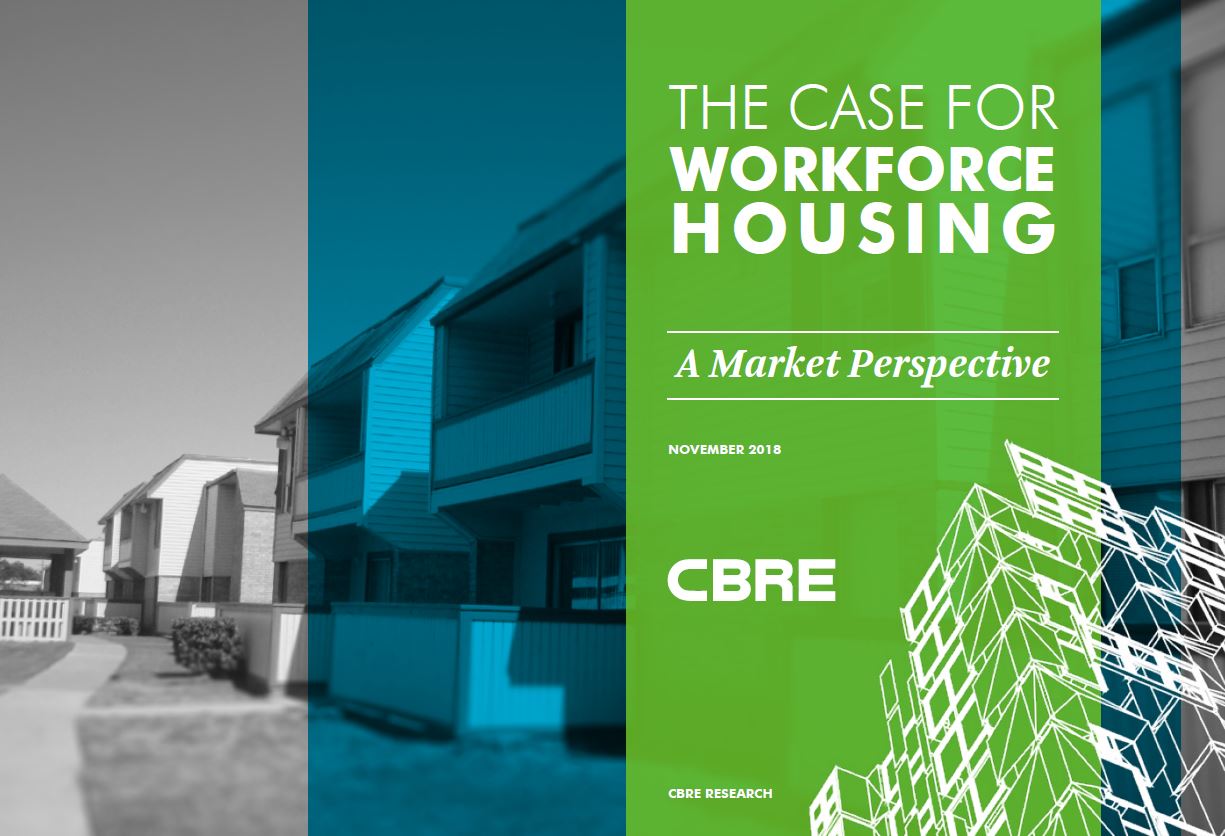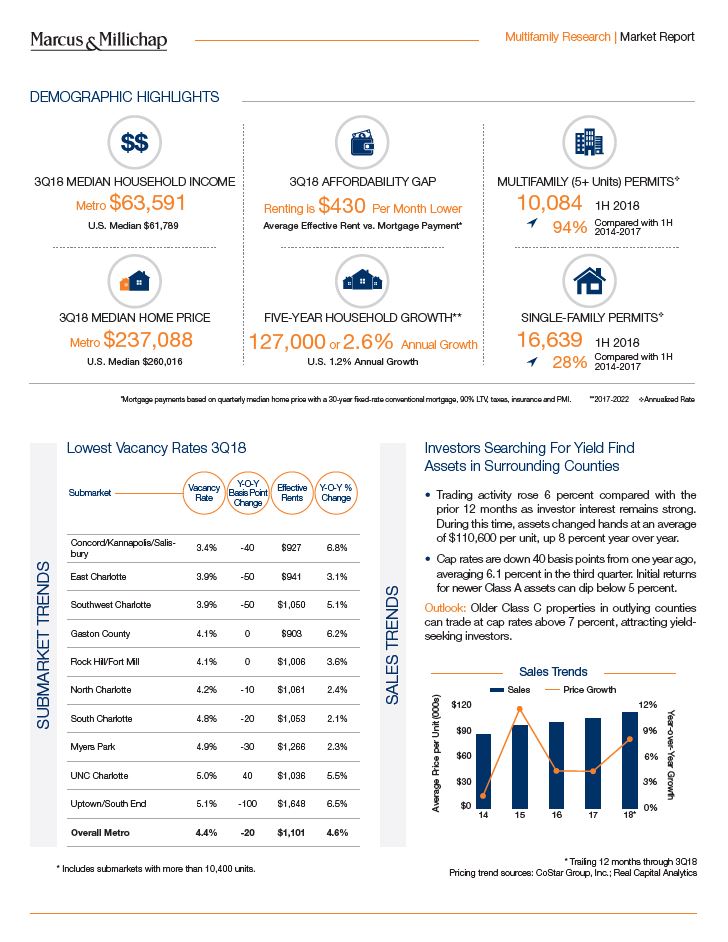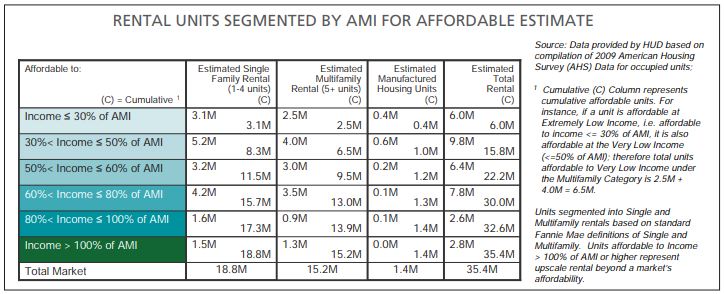A deeper dive into the rental housing marketplace.
Category Archives: 2-HousingThink Topics
Canadian High Schools Bring Back the Trades
“Windsor-Essex electricians and plumbers could be fully qualified to work by the time they are 20 years old. That’s if they take advantage of an expanding skilled trades program on which the Windsor-Essex Catholic District School Board and St. Clair College have been collaborating.”

HousingThink Podcast – Episode 2
Episode 2 of the HousingThink Podcast. Doug and Jeff discuss the rental housing marketplace including affordable, workforce, and luxury multifamily housing.
HousingThink Podcast – Episode 1
This is the inaugural episode of the HousingThink Podcast where we introduce our producer (Phil Erhardt) and our co-hosts (Doug Koch and Jeff Carroll). We discuss the format of the show and the content for future episodes.
Marcus & Millichap Multifamily Market Report: Charlotte
Marcus & Millichap released their 2018Q4 multifamily market report for Charlotte. The study finds that metro vacancy rates have declined 20 basis points to 4.4 percent over the past year while average rents have increased 4.6 percent. The researchers attribute this to the strong household formation (2.6 percent annualized) and economic growth (2.5 percent annualized) taking place in the greater Charlotte area.
According to the report, 7,800 apartment units were completed over the past 12 months, a 200-unit increase over last year. Although multifamily production is up, units are being absorbed quickly. According to the report: “Even though construction is brisk, robust renter demand lowered vacancy to 4.4 percent in September.”
The report also finds a $430 monthly affordability gap for renters versus owners and significant demand for older apartment units. According to the report: “Older, more affordable buildings registered the strongest year-over-year rent increase. In pre-1970s apartments the effective rent vaulted 5.2 percent to an average of $873 per month.”
This underscores the need for more workforce housing in the greater Charlotte area.
The following link will take you to the report:
Fannie Mae Report: Workforce Housing
The Urban Land Institute defines workforce households as those households earning between 60% and 100% of Area Median Income (AMI). According to Fannie Mae, this income band accounts for about 30% of all renter households in the United States.
But half of all new construction targets those households earning more that 100% of AMI; the other half targets those earning less than 60% of AMI. Fact is, very few new units are being built to meet the needs of the workforce housing market segment – the backbone of any local economy.
Follow this link to the Fannie Mae report:
https://www.fanniemae.com/content/fact_sheet/wpworkhouse.pdf
CBRE Report: The Case for Workforce Housing
CBRE Research recently published a report entitled The Case for Workforce Housing. The report enumerates the many reasons to invest in this underserved market segment. According to CBRE “…workforce housing has very strong supply/demand fundamentals that give the sector a solid foundation to provide continued good investment returns.” 
For more information, follow this link to the report:
https://www.cbre.com/research-and-reports/The-Case-for-Workforce-Housing

